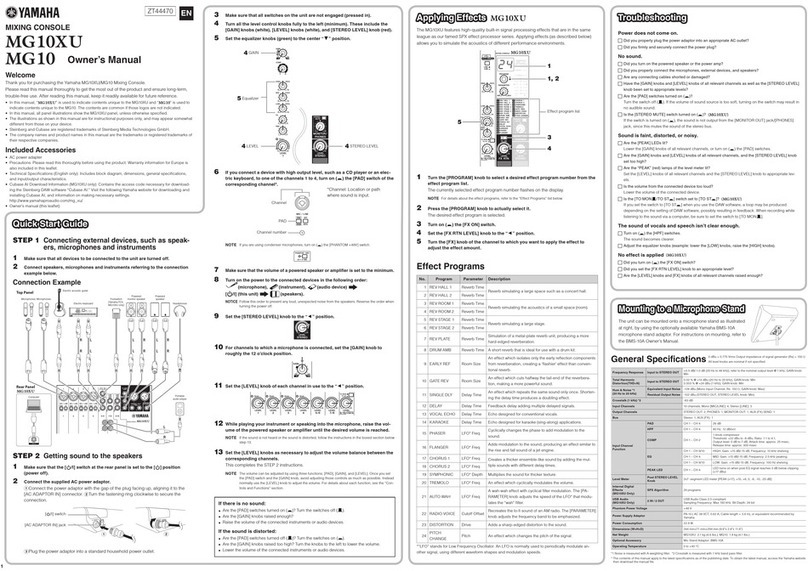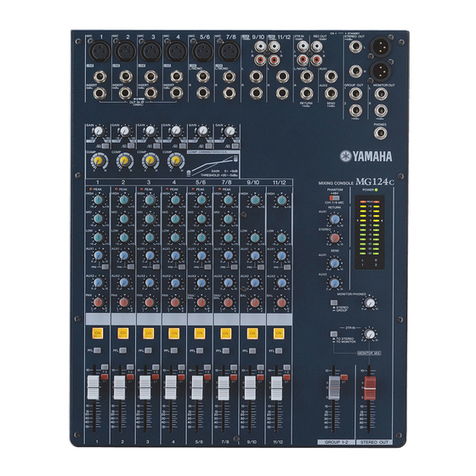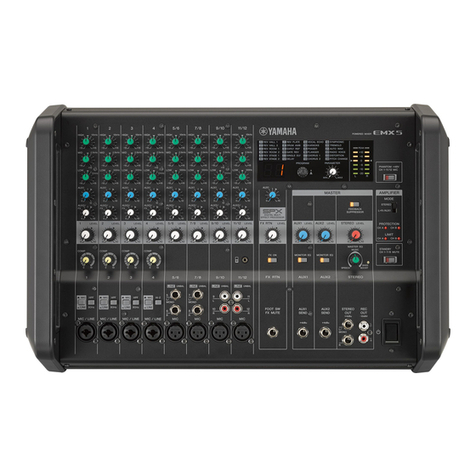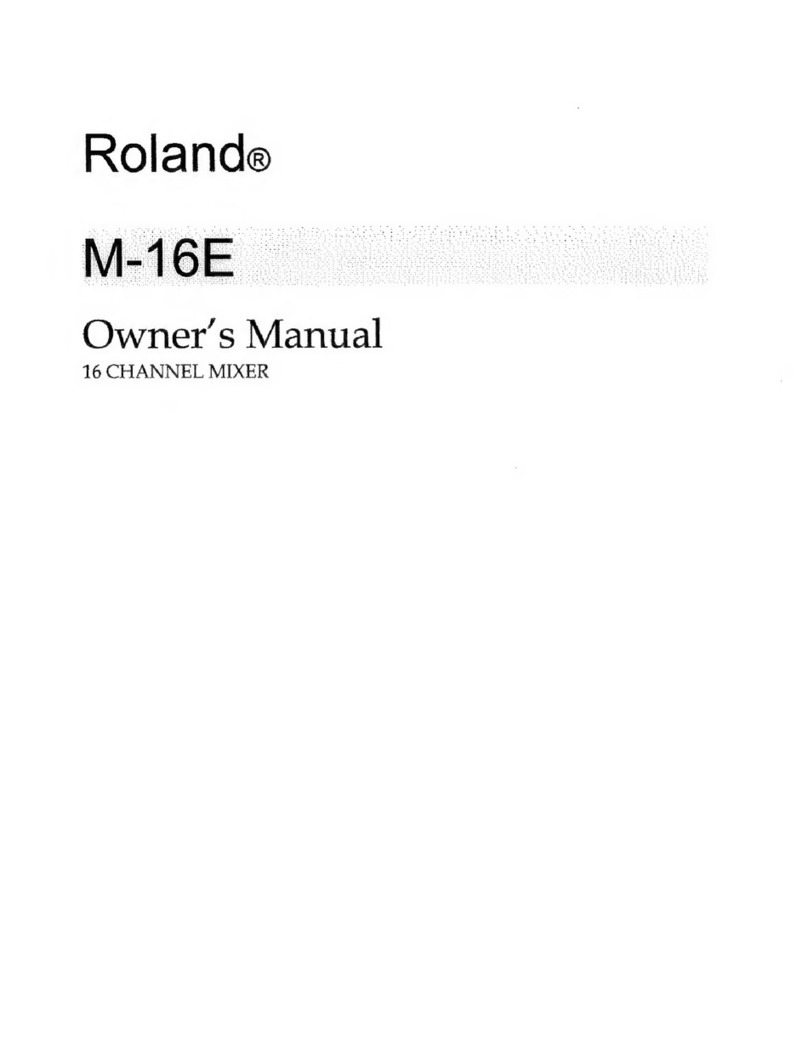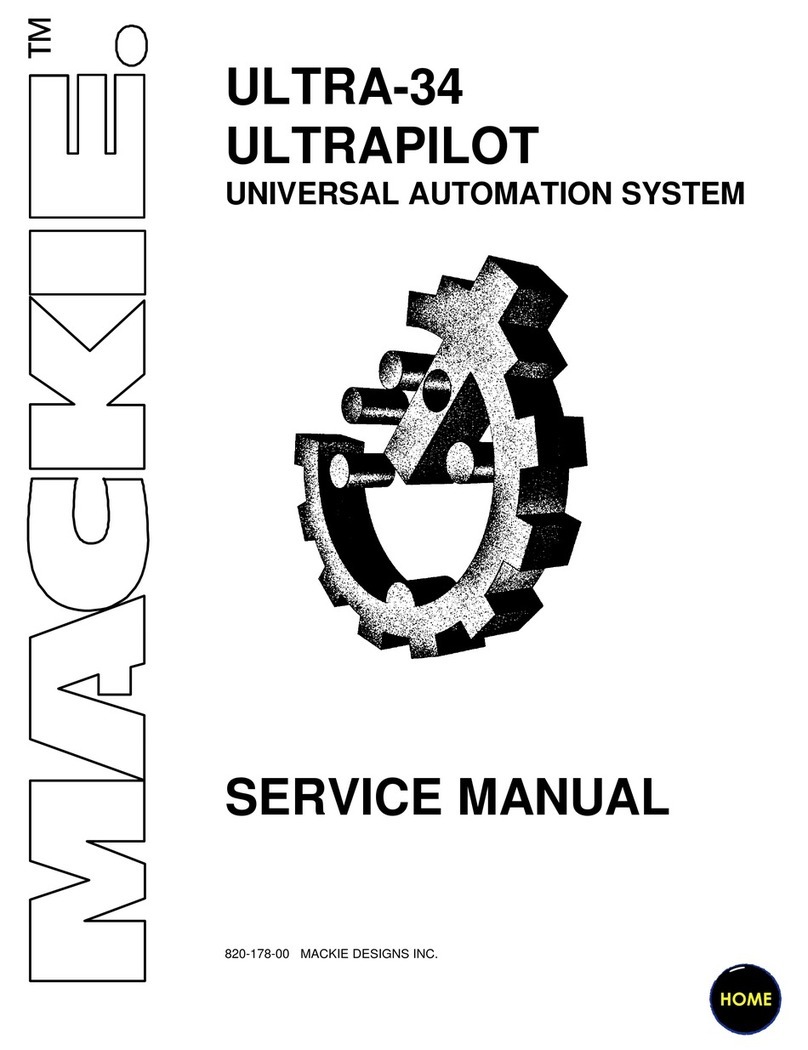Yamaha MJ100 User manual
Other Yamaha Music Mixer manuals

Yamaha
Yamaha MC2410M User manual

Yamaha
Yamaha MC802 User manual
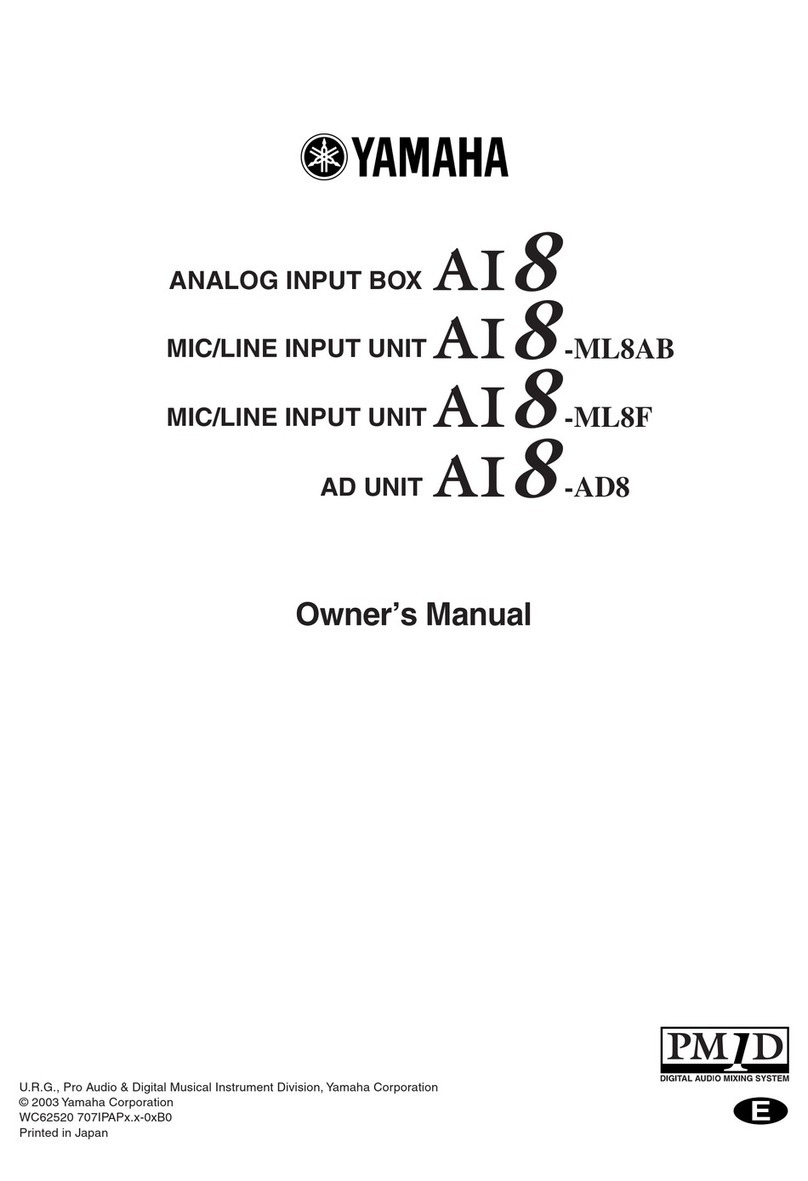
Yamaha
Yamaha AI8-ML8AB User manual
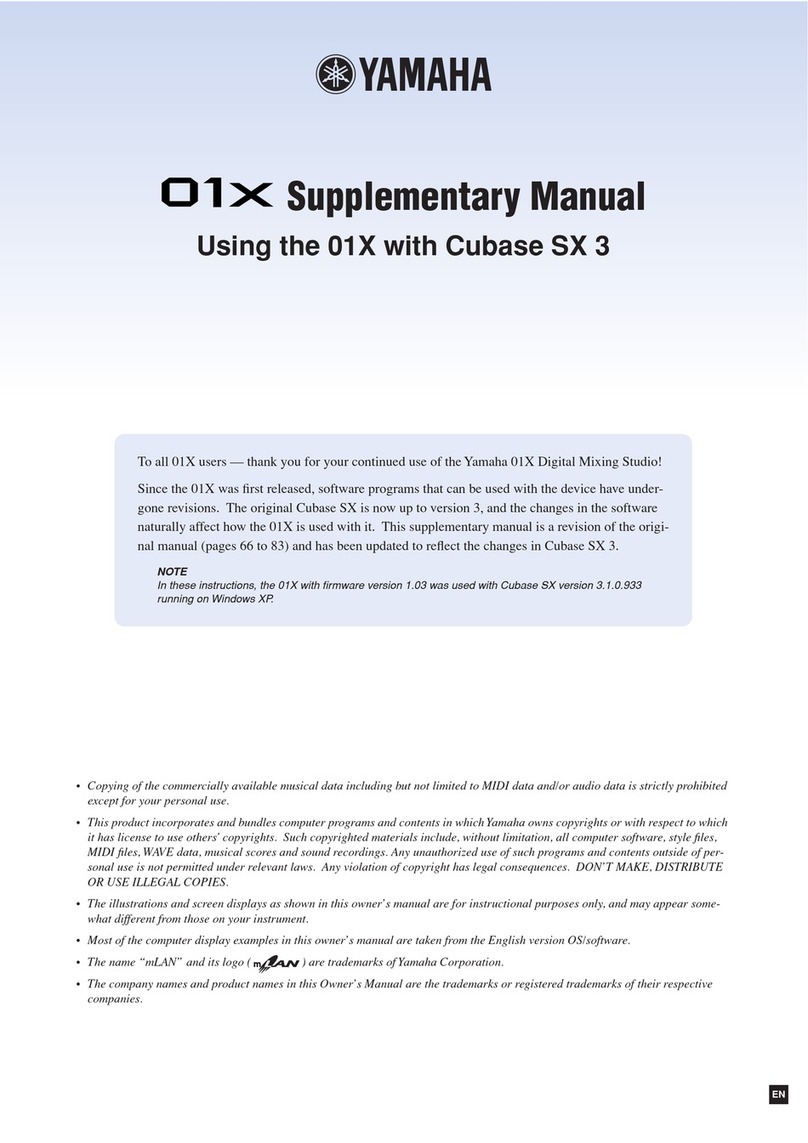
Yamaha
Yamaha 01x Instructions and recipes
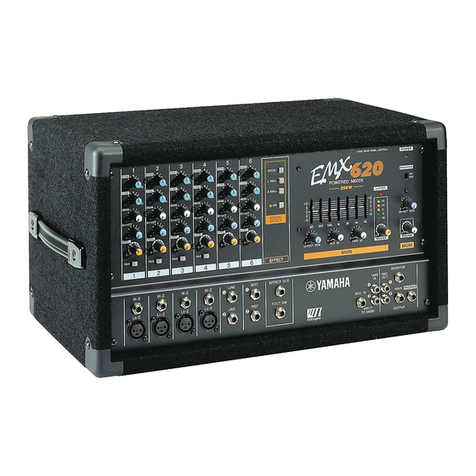
Yamaha
Yamaha EMX620 User manual

Yamaha
Yamaha EMX88S User manual
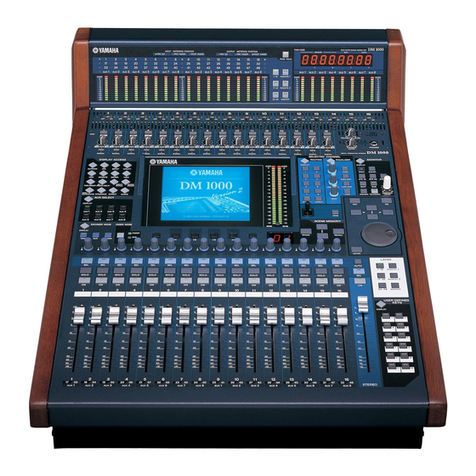
Yamaha
Yamaha DM 1000 User manual

Yamaha
Yamaha 01x Quick start guide
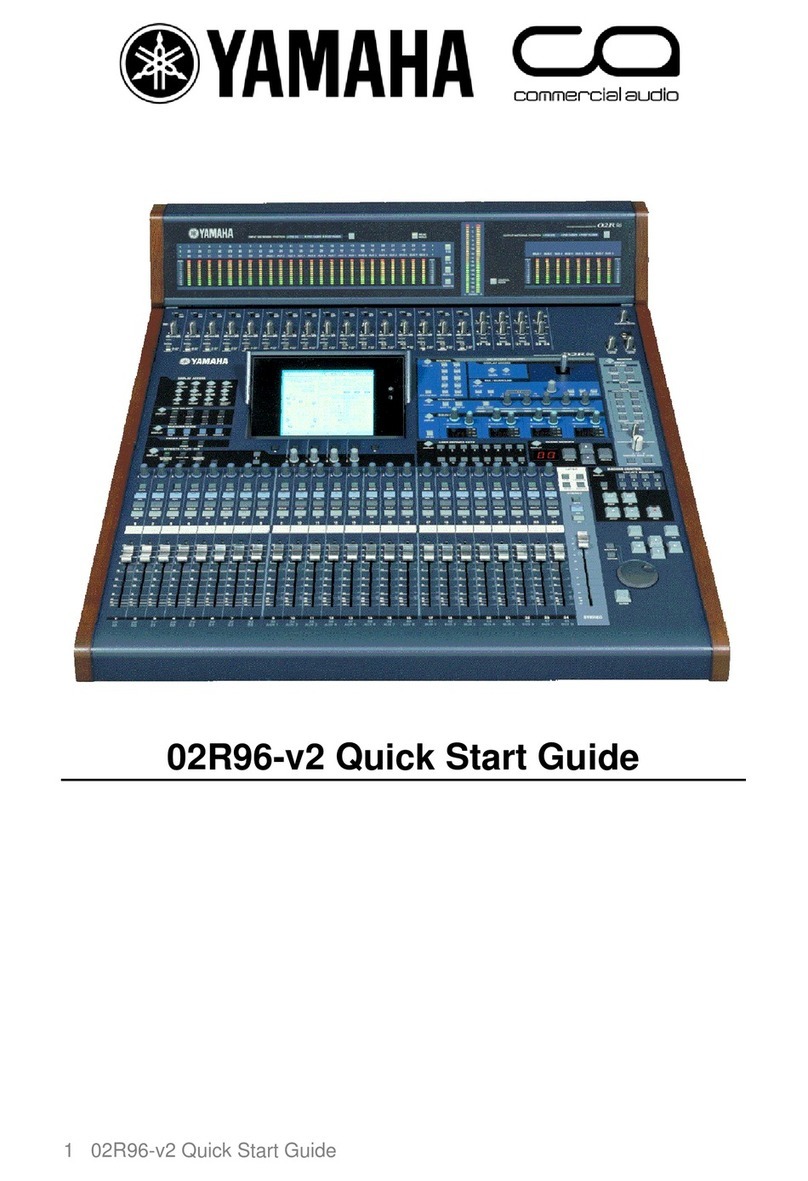
Yamaha
Yamaha Studio Manager V2 02R96 Editor User manual

Yamaha
Yamaha WK83840 User manual
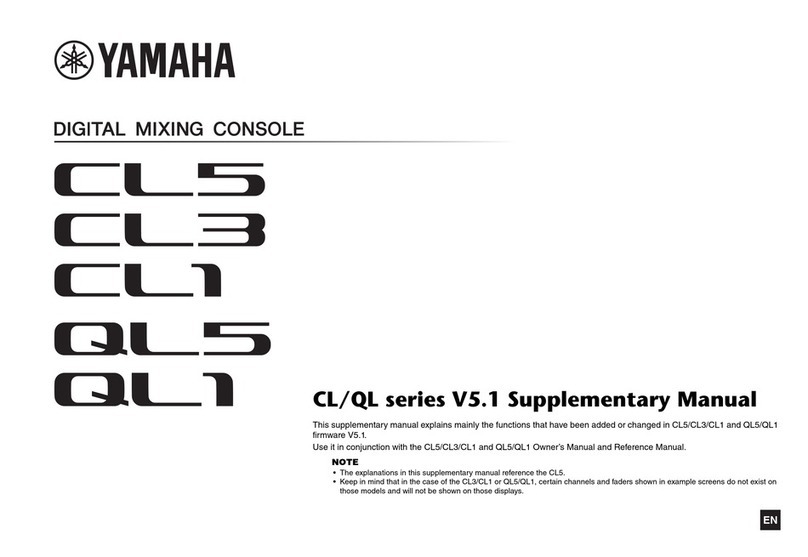
Yamaha
Yamaha QL Series Instructions and recipes
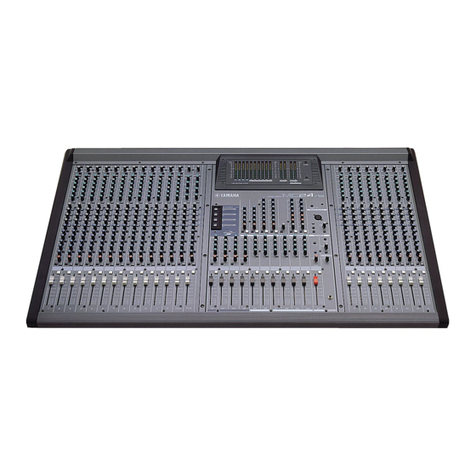
Yamaha
Yamaha MC 24/12 User manual
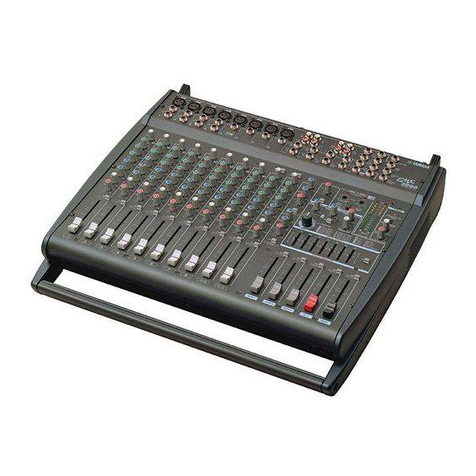
Yamaha
Yamaha EMX3000 User manual
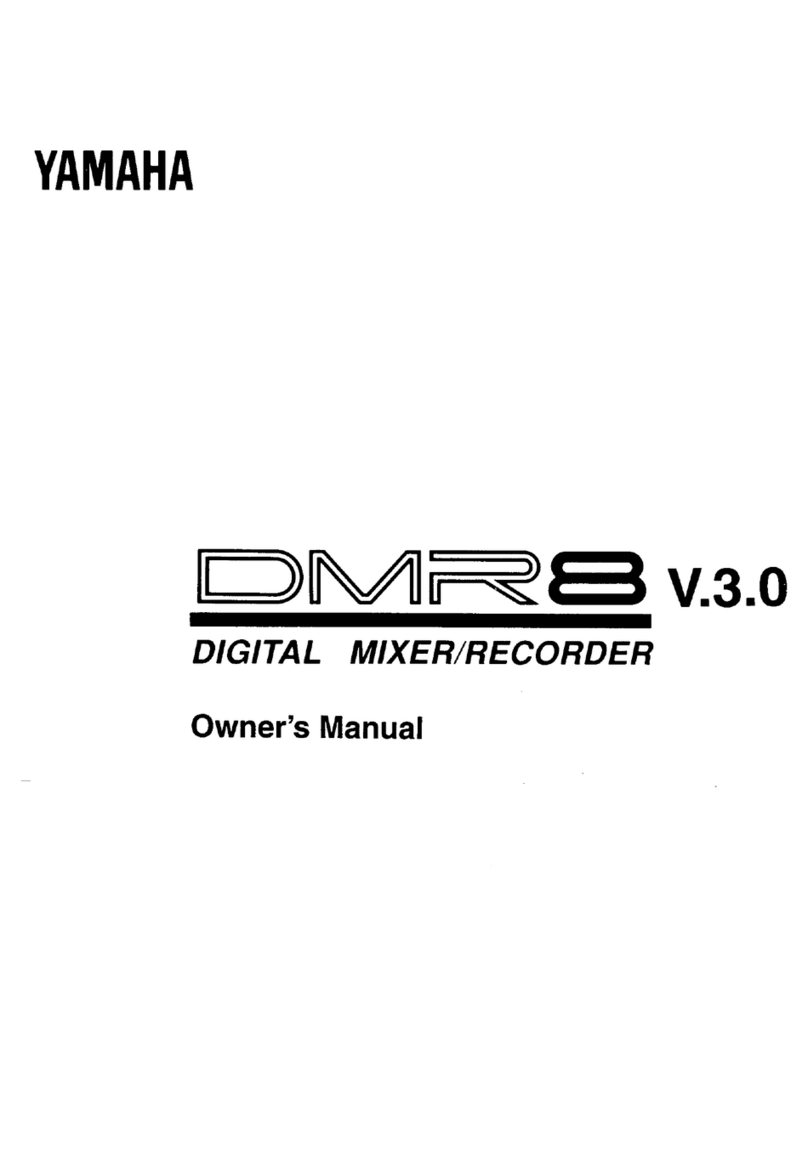
Yamaha
Yamaha DMR8 v.3.0 User manual

Yamaha
Yamaha AW2816 User manual
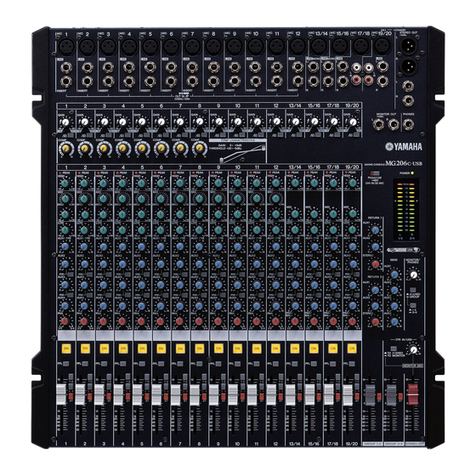
Yamaha
Yamaha MG206c-USB User manual

Yamaha
Yamaha MG10/2 User manual
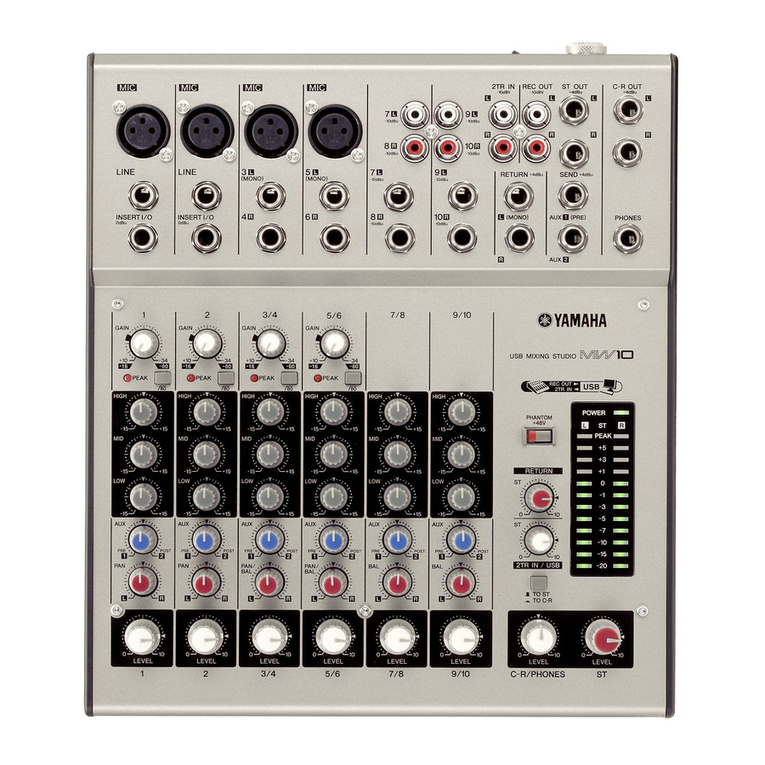
Yamaha
Yamaha MW10 User manual

Yamaha
Yamaha Ro8-D User manual
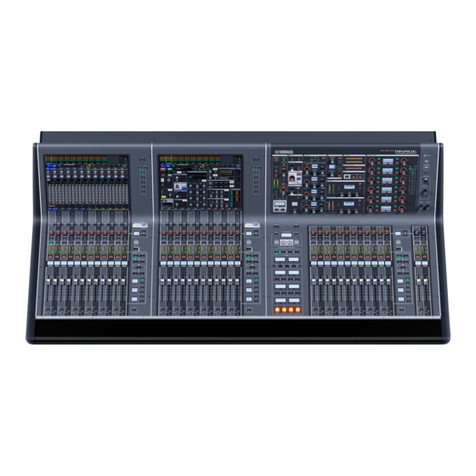
Yamaha
Yamaha RIVAGE PM7 User manual
